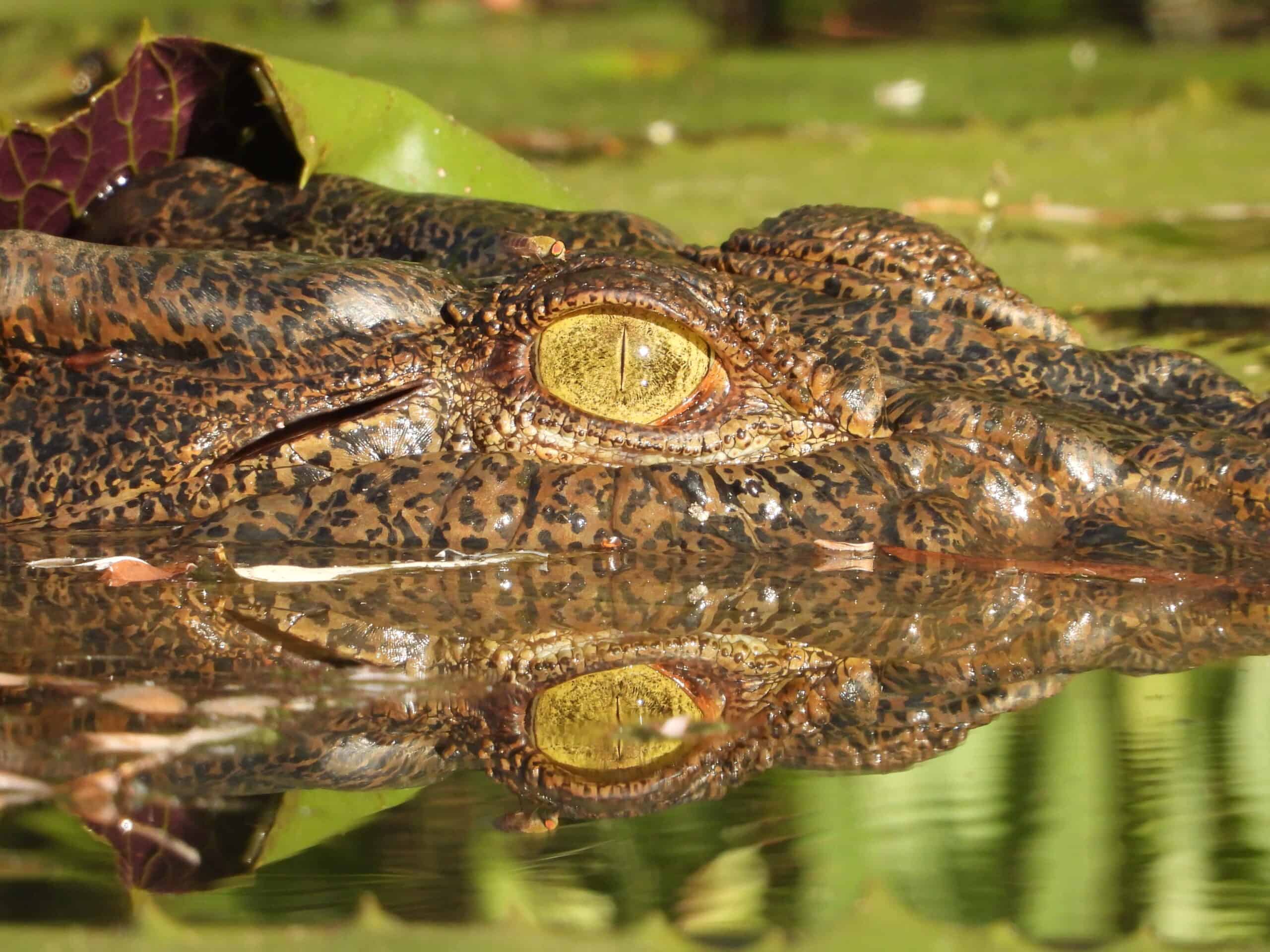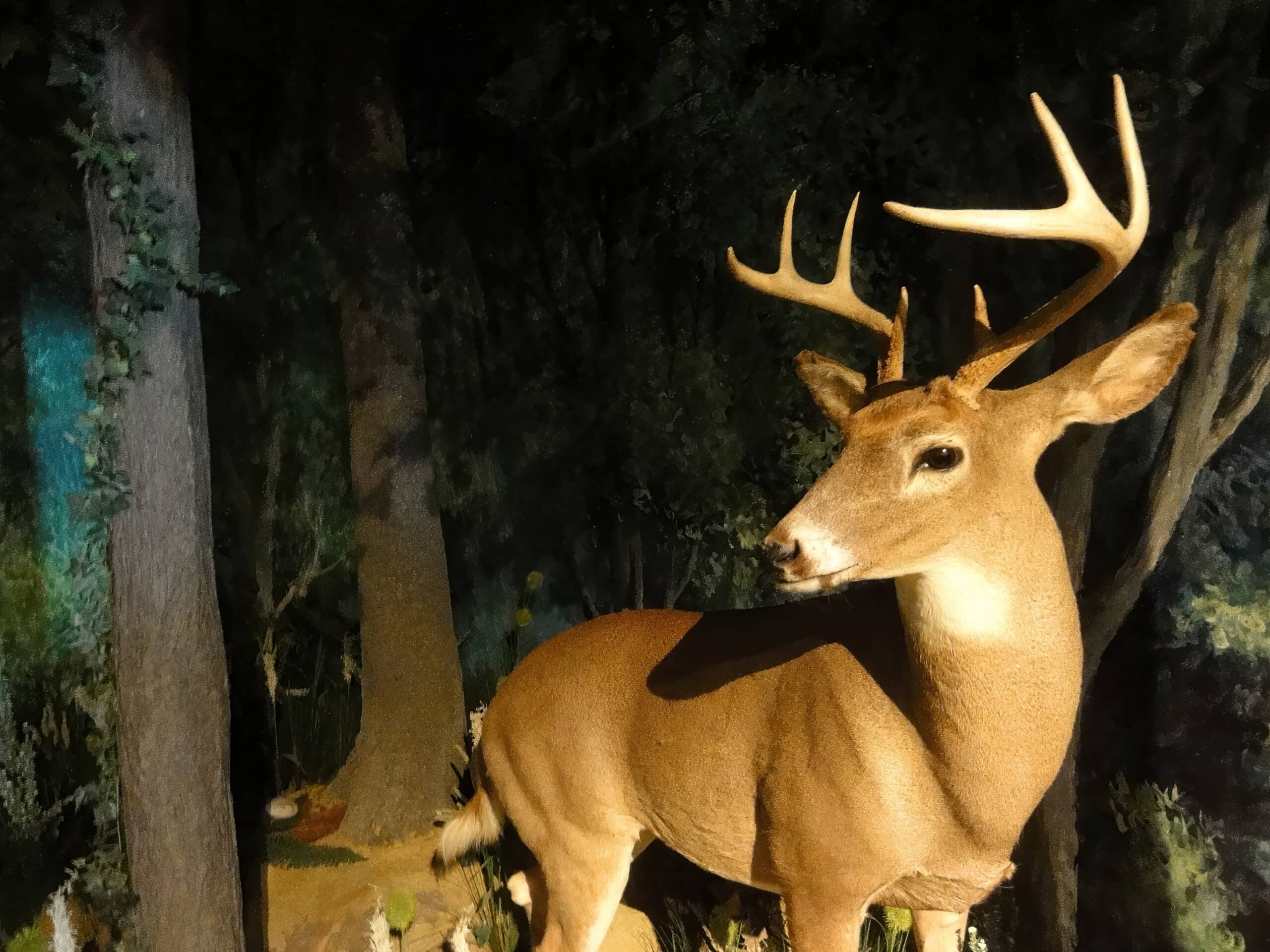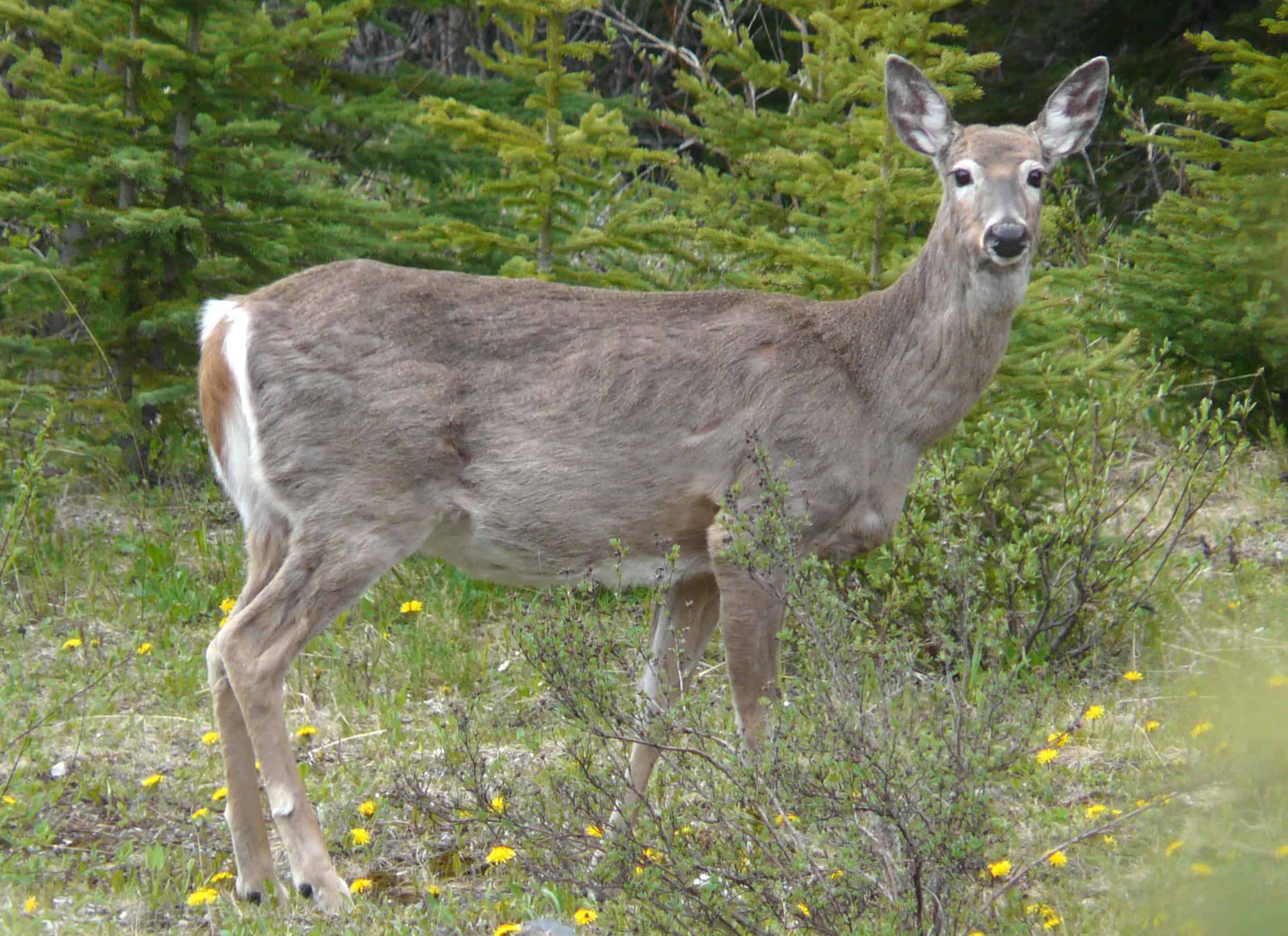Share this article
DOI reopens sage-grouse plans
On Oct. 11, 2017 the Bureau of Land Management (BLM) published a notice announcing its intent to amend 2015 BLM and U.S. Forest Service land use plans put in place to conserve greater sage-grouse (Centrocercus urophasianus) habitat on western rangelands. These 98 federal land use plans under review form the backbone of the sage-grouse conservation plan, which relies upon collaboration between the BLM, U.S. Forest Service, state agencies, private landowners, and other partners to conserve sage grouse habitat and prevent fragmentation.
Populations of this species are estimated to have once numbered in the millions, but populations have since plummeted. The birds migrate seasonally between different parts of their range, covering distances of up to 100 miles. Energy development, mining, cattle grazing,feral horse populations, and invasive plant species all compete for space and resources in sage grouse habitat and have contributed to fragmentation, one of the largest threats to the birds.
These land use plans, finalized in Sep. 2015, lead to the U.S. Fish and Wildlife Service determination that the grouse did not warrant listing under the Endangered Species Act. The plan worked with a variety of stakeholders with the goal of ensuring both the protection of the species and continued development in the region. The plan included habitat conservation actions such as the lowering of noise disturbances from areas of development during lekking times, putting a three-mile buffer around leks, and working to rid habitat of invasive species such as cheatgrass (Bromus tectorum).
This notice comes in response to an Aug. 2017 Department of the Interior report, which provided an assessment of the 2015 federal sage grouse plans and makes recommendations for changes to policies and regulations. The report was produced in response to a Jun. 2017 Secretarial Order, which called for a review of sage-grouse conservation plans. Among the recommendations included in the Aug. report are investigating the removal of certain sagebrush focal areas, removing hard triggers in the management plans that call for actions to be taken when there are certain conditions that demonstrate population or habitat losses, and working with states to improve techniques and methods to set appropriate population objectives.
Comments can be submitted to blm_sagegrouseplanning@blm.gov until Nov. 27, 2017.
Header Image: ©Tom Koerner/USFWS








